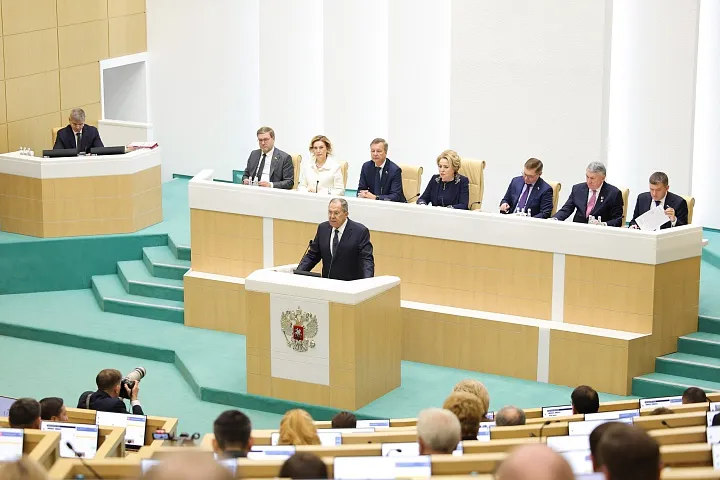The Brazilian government news agency Agência Brasil published an enthusiastic report April 16 on the discussions underway with the delegation from China’s Transport Ministry and State Railway Group visiting Brazil this week with the mission of scoping out routes and requirements for building the first transcontinental railway across South America.
The project, connecting Brazil’s Atlantic coast with the new, modern Chancay Port on Peru’s Pacific Coast, is not yet a “go,” but it is now seriously on the agenda. Imperialist-minded U.S. geopolitical interests have kept Brazil from joining China’s Belt and Road Initiative (BRI), and still threaten Peru to kick China out of the Chancay Port (which it built), “or else,” but the South American nations are determined to develop their economies and raise their peoples’ living standards. This great infrastructure project, which will open up South America’s entire interior for development, is worth fighting for.
“China is to draw up a new study for the implementation of the Brazil-Peru Bioceanic Corridor, which aims to create a strategic route for international trade between the two oceans, expanding trade between China and South America,” Agência Brasil explains. The delegation has been visiting multiple cities and ports in Brazil to study potential routes in situ. Existing rail lines, missing sections that would have to be built, complementary roads and waterways are being reviewed by the delegation.
The Lula government of Brazil has its share of bean counters and perennial “go-slow” types, but the two Brazilian government officials cited by Agência Brasil are all-in for proceeding. The National Secretary for Rail Transportation Leonardo Ribeiro explained that the idea is to set up an east-west rail corridor across the middle of the country, running through the Brazilian states of Bahia, Goiás, Mato Grosso, Rondônia, and Acre. “All the cargo produced in the central area of the country would be transported by this rail infrastructure, until it reaches the Port of Chancay,” Ribero said. “Brazil exports $350 billion [of goods] every year and more than a third of that goes to China. Of what we export to the Chinese, 60% is iron ore and soybeans, which need to be transported by rail. It’s much more efficient, not only from an economic point of view, but also from an environmental point of view.”
Marcus Cavalcanti, Special Investment Partnerships Program Secretary of the Chief of Staff of the Presidency (a cabinet post known as the Casa Civil), called the bi-oceanic rail corridor “a great dream for Brazil. This railroad reaching the Pacific will reduce the time by around 10 days for ships heading from the Brazilian coast to Asia to deliver Brazilian products.”
Agência Brasil notes that the Chinese delegation’s visit “takes place weeks before President Luiz Inácio Lula da Silva’s trip to Beijing on May 12 and 13 … [and] reinforces the strategic partnership for infrastructure projects with China, one of the country’s main trading partners.”


